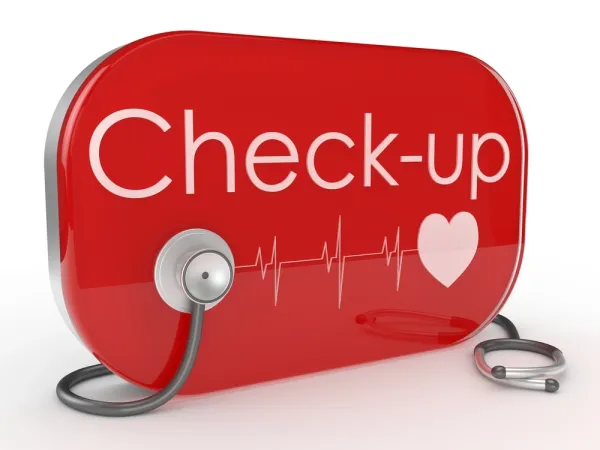Separate Problem Can Be Billed During a Well Check Visit

Watch for significant and separately reportable service that could boost pay.
When a patient comes to your office for a preventive wellness visit, don’t automatically assign a code from 99381-99397 and think your claim is complete. If the patient mentions a health problem or other concern during the preventive visit, the encounter might qualify for two codes.
Checkpoint: If the problem ranks as “significant,” you can report your work to address it in addition to the preventive care. This may take the form of a problem-oriented E/M code (e.g. 99201-99215), a procedural service, or both.
Here’s how: If the patient’s problem necessitated additional work required to perform the key components of a problem-oriented E/M service in addition to the preventive medicine visit, submit the appropriate preventive medicine code from 99381-99397 and the appropriate problem-oriented E/M code with modifier 25 (Significant, separately identifiable evaluation and management service by the same physician or other qualified health care professional on the same day of the procedure or other service) appended to the problem-oriented code.
If the problem required you to perform a procedural service, then you would submit the relevant procedure code, plus the appropriate preventive medicine code from 99381-99397 with modifier 25 appended to indicate the preventive visit was significant and separately identifiable from the procedure (just as you would if billing a problem-oriented E/M code and an office procedure on the same date of service).
If you were reporting a preventive medicine E/M service, a problem-oriented E/M service, and a procedural service for the same encounter (a rare occurrence), you may need to append modifier 25 to both E/M codes to indicate that each is separately identifiable from the procedure and each other.
Key: Although poorly covered in the past, many payers now recognize and pay for these separate, significantly identifiable services addressed during preventive medicine visits. Of course, those additional services, if covered, may also result in a patient financial obligation (e.g. deductible, copay, or coinsurance) that would not accrue with a simple preventive visit. Managing patient expectations in this situation is important.
“Under the Affordable Care Act, health plans are generally prohibited from financially obligating patients for a covered preventive service, so patients presenting for a preventive medicine visit typically expect that there will be no charge to them for any portion of the encounter,” notes a specialist coder. “However, problem-oriented E/M services and procedures may be subject to deductibles and patient-cost sharing, so if you are going to provide either one during a preventive visit, the patient needs to understand the possible financial implications of that, which avoids any surprises when the explanation of benefits and your bill arrives later,” she adds.
Example: A 52-year-old established patient comes in for a preventive medicine service (99396, Periodic comprehensive preventive medicine reevaluation and management of an individual including an age and gender appropriate history, examination, counseling/anticipatory guidance/risk factor reduction interventions, and the ordering of laboratory/diagnostic procedures, established patient; 40-64 years). During the visit, she mentions a sore spot on the bottom of her foot, which the physician immediately diagnoses as a plantar wart and offers to remove it with cryotherapy (17110, Destruction [e.g., laser surgery, electrosurgery, cryosurgery, chemosurgery, surgical curettement], of benign lesions other than skin tags or cutaneous vascular proliferative lesions; up to 14 lesions). The patient agrees, and the internist treats the wart with liquid nitrogen.
What to report: You should code the encounter as 99396-25 and 17110. Link diagnosis V70.0 (Routine general medical examination at a health care facility) to 99396 and diagnosis 078.12 (Plantar wart) to 17110.
3 tips: If you’re still unsure whether you’re justified in billing a problem-based E/M code along with the preventive visit, keep a few criteria in mind:
· If the problem is significant enough that it would require or justify the patient to come back for another visit if the internal medicine physician doesn’t address it, that could be a clue that you’re dealing with a problem-based E/M situation.
· Check whether the problem has its own ICD-9 diagnosis code. If so, that means addressing the issue could be a stand-alone (and separately reportable) service.
· Look for additional evaluation and treatment options, such as X-ray or lab tests, or written prescriptions. These can be other signs that the physician is addressing a significant problem.

